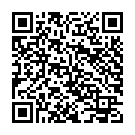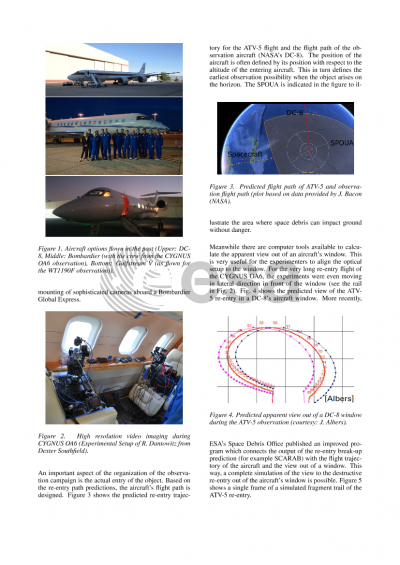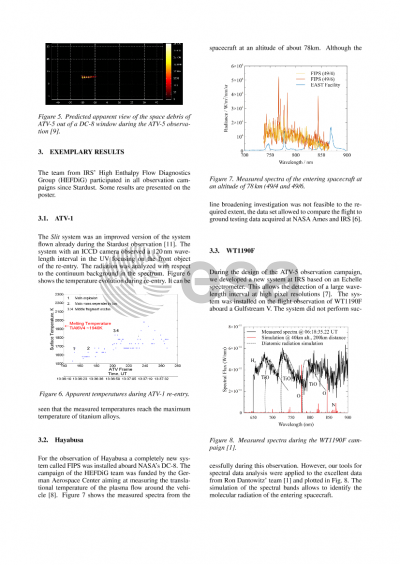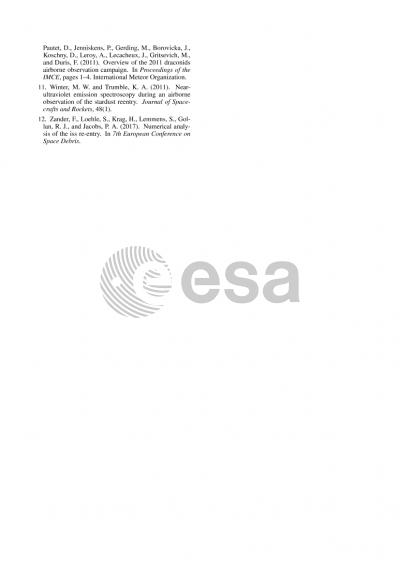Document details

Abstract
The very first observation of a controlled destructive re-entry from an airborne observation platform, the ATV-1 re-entry in 2009, showed a large variety of results with respect to re-entry break-up analysis [1]. The triangulation of the trajectories for the main object and fragments gave a very useful insight into debris modelling aspects. The spectroscopic data allowed to identify some of the ATV-1 materials
demised during the entry. The authors of this paper were the leading team of the NASA/ESA initiative in 2014 to observe the re-entry of ATV-5 in early 2015 [2]. However, the observation was cancelled at the latest possible moment. One particular feature of this observation
would have been that the planned re-entry trajectory of ATV-5 was modified, so that the same object would have been observed under different re-entry conditions.
Meanwhile, we have observational data of the re-entry observation of WT1190F in late 2015 and the CYGNUS OA6 entry in 2016.
This paper will present the technical strategies behind the idea of observing re-entry of spacecraft and will show exemplary results from the mentioned flown missions. Furthermore, it is tried to give an outlook to what future missions could offer as new possibilities to observe re-entries in order to gain flight information on the
spacecraft destruction.
Preview






